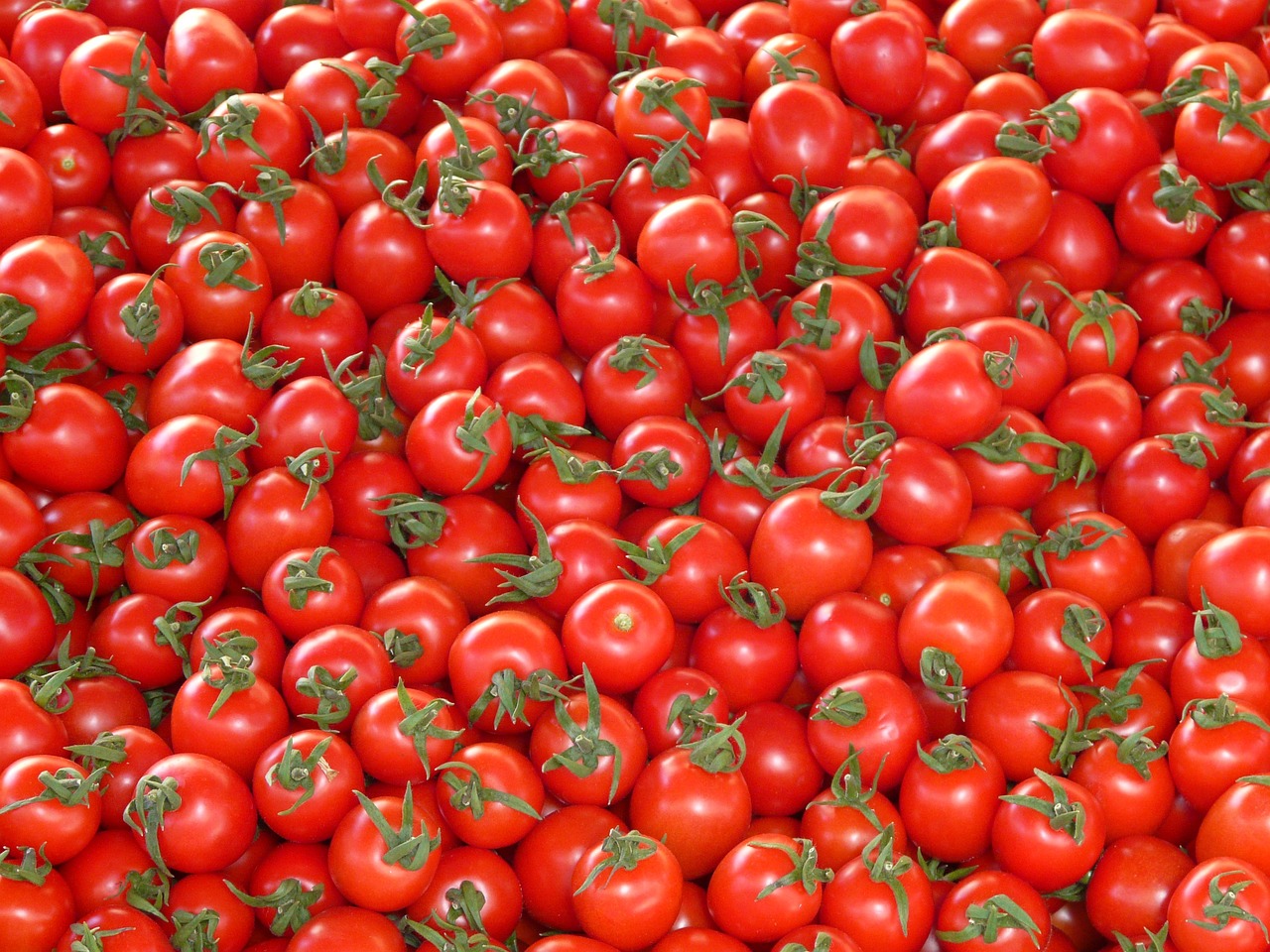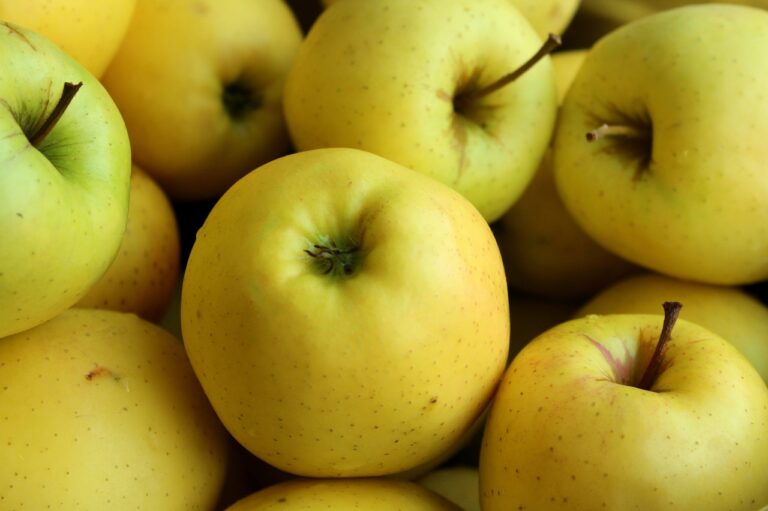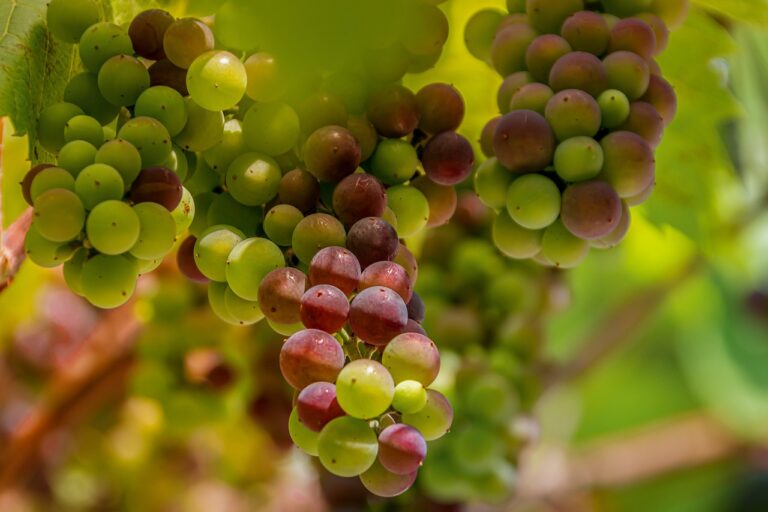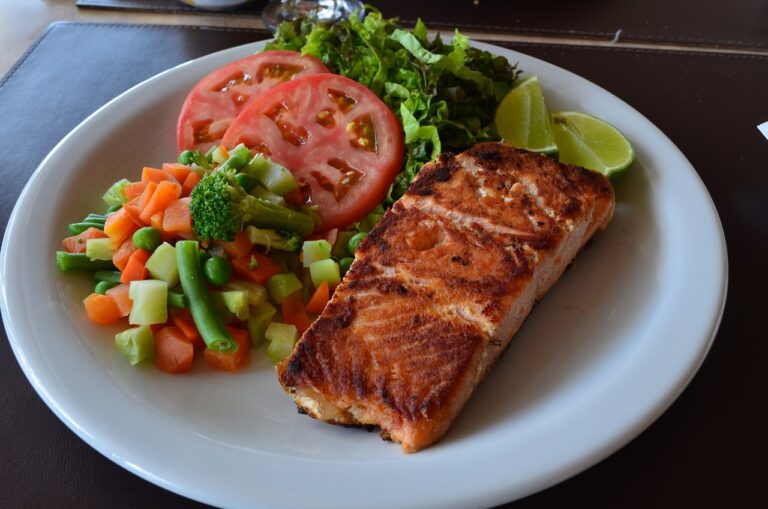Food and Cultural Exchange: Exploring Culinary Traditions Across Borders
Exploring the intricate web of culinary diversity reveals how migration has played a pivotal role in shaping the way we perceive food. As people move from one place to another, they inevitably carry with them not just their belongings, but also their rich culinary traditions. Through this process, the flavors and techniques of one culture often merge with those of another, resulting in a delicious fusion of tastes and textures that reflect the diverse backgrounds of those who prepare and enjoy these dishes.
Migration has not only introduced new ingredients and dishes to different parts of the world but has also sparked a cross-pollination of culinary practices. The exchange of cooking methods and flavor profiles has led to the creation of innovative and unique dishes that blend the old with the new, creating a melting pot of gastronomic delights. By embracing the culinary influences brought about by migration, we not only expand our palates but also gain a deeper understanding and appreciation of the diverse cultures and histories that have shaped our global food landscape.
The Influence of Trade Routes on Food
Trade routes have played a significant role in shaping the culinary landscape of various regions across the globe. As merchants and explorers traveled along these routes, they not only exchanged goods but also shared their food traditions and ingredients. This cross-cultural exchange led to the fusion of flavors, spices, and cooking techniques, creating a rich tapestry of diverse cuisines that we enjoy today.
The Silk Road, for example, was a network of trade routes that connected the East and West, facilitating the exchange of goods, including spices, fruits, and herbs. This exchange of ingredients greatly influenced the way dishes were prepared and seasoned in different parts of the world. Similarly, the spice trade routes played a crucial role in introducing new flavors to various cuisines, leading to the integration of exotic spices like cinnamon, pepper, and saffron into local dishes.
Traditional Cooking Techniques from Around the World
In Thailand, the use of a mortar and pestle is a traditional cooking technique that has been passed down through generations. This method of pounding ingredients like chilies, garlic, and herbs together not only creates a dynamic blend of flavors but also releases essential oils that enhance the overall taste of the dish.
In Mexico, the process of nixtamalization is a centuries-old technique that involves soaking and cooking corn in an alkaline solution, usually lime water. This method not only helps in removing the outer hull of the corn but also increases its nutritional value by boosting the bioavailability of essential nutrients like niacin. The resulting product, masa, is a staple ingredient used in dishes like tortillas and tamales, showcasing the significance of traditional cooking techniques in preserving cultural heritage.
How has migration contributed to culinary diversity around the world?
Migration has brought different cooking techniques, ingredients, and flavors to different regions, leading to a rich and diverse culinary landscape.
What role do trade routes play in influencing the food of different regions?
Trade routes have historically facilitated the exchange of spices, ingredients, and cooking techniques between different cultures, leading to a blending of flavors and culinary traditions.
Can you provide examples of traditional cooking techniques from different parts of the world?
Some examples of traditional cooking techniques include stir-frying in Chinese cuisine, slow-cooking in Mexican cuisine, and grilling in Argentinian cuisine, among many others.
How have traditional cooking techniques evolved over time?
Traditional cooking techniques have evolved over time as new ingredients have been introduced, technology has advanced, and chefs have experimented with new methods to create unique dishes.
What are some benefits of preserving traditional cooking techniques?
Preserving traditional cooking techniques helps to maintain cultural heritage, promote sustainable practices, and create a sense of community through shared culinary traditions.







